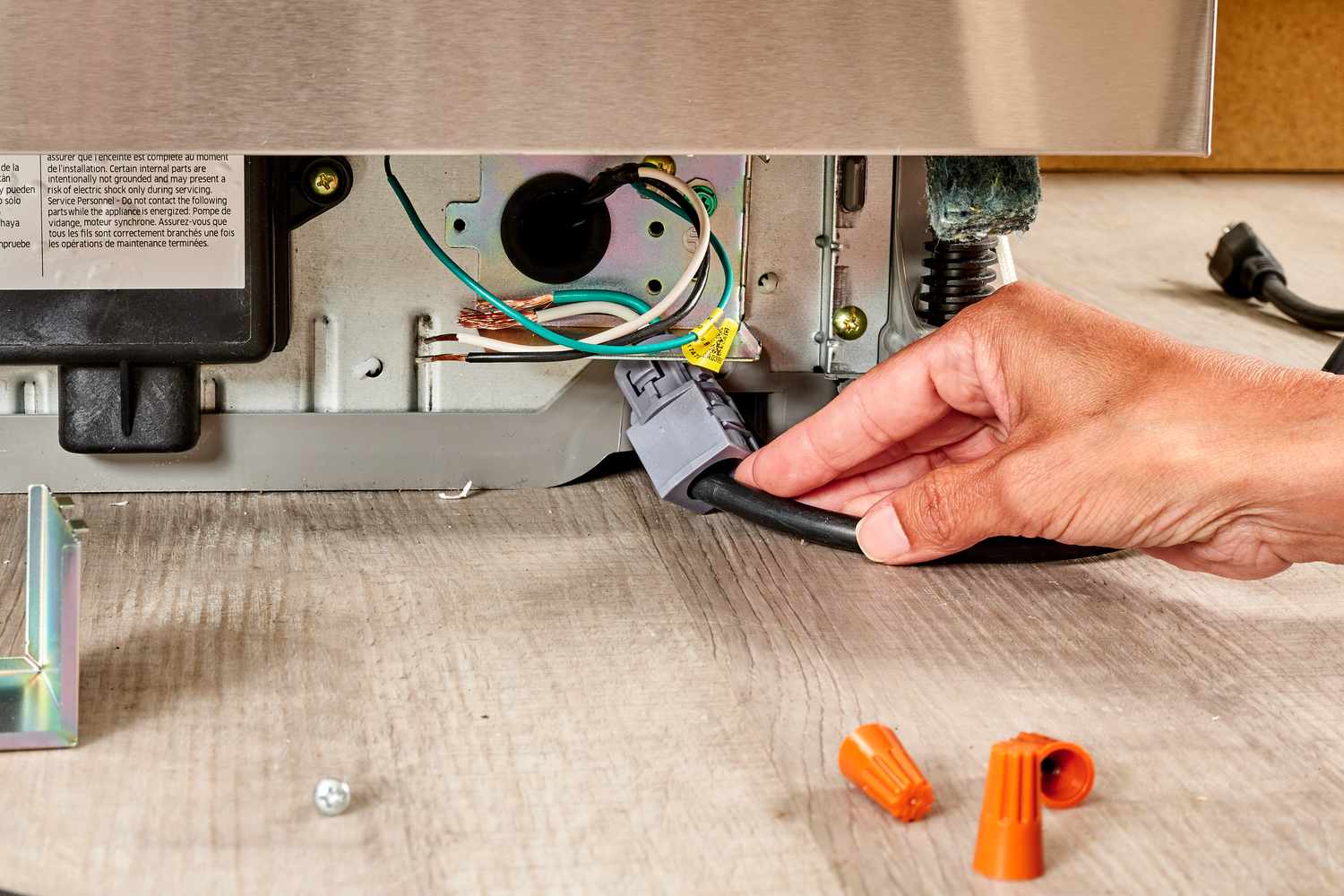

Articles
How To Take Electrical Cord Off Dishwasher
Modified: August 21, 2024
Learn how to safely remove the electrical cord from your dishwasher with easy-to-follow instructions and step-by-step articles.
(Many of the links in this article redirect to a specific reviewed product. Your purchase of these products through affiliate links helps to generate commission for Storables.com, at no extra cost. Learn more)
Introduction
Removing the electrical cord from a dishwasher may seem like a daunting task, but with the right guidance, it can be done safely and efficiently. Whether you’re replacing a faulty cord or simply need to disconnect your dishwasher for maintenance or repair purposes, this step-by-step guide will walk you through the process. By following these instructions, you’ll be able to safely remove the electrical cord from your dishwasher without any hassle.
Before we dive into the steps, it’s essential to emphasize the importance of safety. Working with electrical appliances involves potential risks, so always remember to turn off the power and take proper precautions. If you’re unsure or uncomfortable performing these tasks yourself, it’s always recommended to enlist the help of a professional electrician.
Now, let’s get started with the first step in removing the electrical cord from your dishwasher.
Key Takeaways:
- Safely remove the electrical cord from your dishwasher by following step-by-step instructions, prioritizing safety, and seeking professional assistance if needed.
- Consider replacing the old electrical cord with a new one for safety reasons, ensuring compatibility and following manufacturer’s instructions for proper installation.
Read more: How To Take Weight Off RV Electrical Cord
Step 1: Turn off the power
The first and most crucial step in removing the electrical cord from your dishwasher is to turn off the power. This ensures your safety by preventing any electrical shocks or accidents during the process.
To turn off the power, locate the circuit breaker or fuse box that controls the dishwasher’s electrical supply. It is usually found in the basement, utility room, or near the main entrance of your home. Open the panel door and look for the labeled breaker or fuse that corresponds to your dishwasher.
If you have a circuit breaker, simply flip the switch to the “off” position. If your home has fuses, carefully remove and replace the fuse that controls the dishwasher with a new one designated for “off”.
After turning off the power, it’s important to confirm that the dishwasher is disconnected from the electrical supply. Open the dishwasher door and check if the control panel is powered off. Additionally, test the dishwasher by pressing buttons or turning dials to verify that it does not start up. If the dishwasher remains inactive, then the power has been successfully turned off.
Remember, safety should always be the top priority when working with electrical appliances. Take the time to ensure that the power is completely off before proceeding to the next step.
Step 2: Disconnect the dishwasher
Once you’ve turned off the power, it’s time to disconnect the dishwasher from its water and drain connections. This step is essential to ensure a safe and smooth removal of the electrical cord.
Start by turning off the water supply valve to the dishwasher. This valve is usually located under the sink or in the basement near the dishwasher’s plumbing connections. Turn the valve clockwise to shut off the water flow. Next, disconnect the water supply line from the dishwasher using an adjustable wrench or pliers. Place a bucket or towel under the connection to catch any residual water.
After disconnecting the water supply, locate the drain hose connected to the dishwasher. This hose is typically routed through the back of the dishwasher and into the sink or garbage disposal unit. Carefully remove the clamp securing the hose to the drain or disposal unit and detach the hose. Again, have a bucket or towel ready to catch any remaining water.
With the water and drain connections disconnected, you can now access the back of the dishwasher more easily to remove the electrical cord. Make sure to have a clear working space and good lighting for the next steps.
Keep in mind that dishwashers vary in design, so the location of the water and drain connections may differ slightly. Refer to your dishwasher’s manual or consult the manufacturer’s website for specific instructions on disconnecting these connections.
Now that the dishwasher is disconnected from the water and drain, we can move on to the next step of removing the electrical cord.
Step 3: Remove the access panel
With the dishwasher safely disconnected from the water and drain connections, the next step is to remove the access panel. The access panel provides you with access to the internal components of the dishwasher, including the electrical cord.
Locate the access panel, which is often situated on the front or side of the dishwasher. It is typically held in place by a series of screws. Use a screwdriver or a power drill with the appropriate screw bit to remove the screws securing the access panel. Place the screws in a safe location, as you will need them later for reassembly.
Once the screws are removed, gently pull the access panel away from the dishwasher. Be careful not to force it or damage any of the components. Some panels may have clips or hooks that need to be released before the panel can be completely removed. Take your time and observe how the panel is attached to ensure a smooth removal.
After removing the access panel, you will have a clear view of the dishwasher’s internal components, including the location of the electrical cord. Take a moment to inspect the area for any signs of damage or wear. If you notice any issues, it may be necessary to address them before proceeding further.
Remember, each dishwasher model may have a slightly different design, so the location and method of removing the access panel may vary. Refer to your dishwasher’s manual or the manufacturer’s website for specific instructions related to your particular model.
Now that the access panel is removed, we can move on to the next step of locating the electrical cord.
Step 4: Locate the electrical cord
Now that the access panel is removed, it’s time to locate the electrical cord of your dishwasher. The electrical cord is responsible for connecting the dishwasher to the power supply.
Look for the area where the electrical cord enters the dishwasher. It is typically located near the bottom or the back of the unit. The cord is often protected by a plastic or rubber grommet to prevent damage and ensure a secure connection.
Inspect the area surrounding the cord for any signs of wear, fraying, or damage. If you notice any issues, it’s important to address them before proceeding further. Replace the cord if necessary to ensure safe operation of your dishwasher.
Take note of how the cord is routed and secured within the dishwasher. Some models may have clips or brackets that hold the cord in place, while others may have it loosely coiled or bundled together. Understanding the cord’s position will make it easier to remove it in the next steps.
It’s a good practice to take a picture or make a note of the cord’s configuration before removing it. This will serve as a reference when installing the new cord or reattaching the existing one.
Once you have located the electrical cord and familiarized yourself with its positioning, you can proceed to the next step of removing the strain relief.
Before attempting to remove the electrical cord from the dishwasher, make sure to turn off the power at the circuit breaker to avoid any risk of electrical shock. Then, carefully disconnect the cord from the power source and the dishwasher. Always follow the manufacturer’s instructions for safe removal.
Read more: How To Take Off Electric Stove Top
Step 5: Unscrew the strain relief
Now that you have located the electrical cord of your dishwasher, it’s time to remove the strain relief. The strain relief is a device that helps secure the cord and prevents it from being pulled or twisted, which can cause damage to the wires.
Look for the point where the cord connects to the dishwasher’s main electrical housing or junction box. This is usually marked by a plastic or metal fitting known as the strain relief. The strain relief is typically held in place by a screw or nut.
Using a screwdriver or pliers, carefully unscrew or loosen the strain relief. Be careful not to damage the cord or other components while doing so. Once the strain relief is loosened, you should be able to remove it completely from the dishwasher.
Removing the strain relief allows for greater flexibility in removing the electrical cord. It’s important to note that some strain reliefs may be attached to the cord itself. In this case, you’ll need to unscrew or detach the strain relief from the cord before proceeding to the next step.
As you remove the strain relief, take care to keep track of any washers, gaskets, or spacers that may be present. These components may need to be reinstalled when replacing the cord or reattaching the existing one.
With the strain relief removed, the electrical cord is now ready to be disconnected from the dishwasher’s internal wiring. The next step will guide you through this process.
Step 6: Disconnect the wire nuts
Now that the strain relief is removed, it’s time to disconnect the wire nuts that secure the electrical cord to the dishwasher’s internal wiring. Wire nuts are small plastic caps that twist onto the exposed ends of wires, creating a secure electrical connection.
Examine the wires coming from the electrical cord and identify the wire nuts that join them to the dishwasher’s internal wiring. Typically, there will be three wires: one white (neutral), one black (hot), and one green or bare copper (ground).
Using a pair of pliers or your fingers, turn the wire nuts counterclockwise to loosen them. Once they are loose, carefully disconnect the wire nuts from the wires. Pay attention to the wire colors and their corresponding connections, as this will be important when reconnecting the new cord or the existing one.
After removing the wire nuts, separate the wires and take note of their positions and any existing markings. It’s helpful to take a picture or make a note of this configuration as a reference for reattaching the new cord or reconnecting the existing one.
It’s worth mentioning that some dishwashers may have additional electrical connections, such as spade terminals or crimp connectors. These types of connections will also need to be disconnected to completely remove the electrical cord.
As with any electrical work, exercise caution and ensure that the power is turned off before handling exposed wires. Take your time and be gentle when detaching the wire nuts to prevent any damage.
With the wire nuts disconnected, we can now move on to the next step of pulling out the electrical cord from the dishwasher.
Step 7: Pull out the electrical cord
Now that the wire nuts are disconnected, you can proceed to pull out the electrical cord from the dishwasher. This step requires careful attention to avoid damaging any components or wires during the process.
Gently grasp the exposed end of the electrical cord and slowly pull it out of the dishwasher. As you pull, guide the cord through any openings or channels it may be routed through. It’s important to do this step with patience to ensure a smooth and snag-free removal.
If you encounter any resistance while pulling the cord, stop immediately and check for any obstructions. Look for zip ties, clamps, or other fasteners that may be securing the cord to the dishwasher’s internal structure. Carefully remove any fasteners that are hindering the cord’s movement and continue pulling it out.
Throughout the process, be mindful of any other wires or components that may be connected to the electrical cord. Take care not to damage or disconnect any other connections while extracting the cord.
Once the electrical cord is fully removed, inspect it for any signs of damage, wear, or fraying. If you notice any issues, it’s recommended to replace the cord with a new one before proceeding further.
While the cord is out of the dishwasher, take the opportunity to clean any debris or accumulated dust from the area. This will help maintain the proper functioning of the new cord or the reconnected existing one.
With the electrical cord taken out, you are now ready to proceed to the optional step of replacing it with a new one.
Step 8: Replace with a new electrical cord (optional)
In this optional step, we will guide you through replacing the old electrical cord with a new one. It is recommended to replace the cord if the existing one is damaged, worn, or if you prefer to have a fresh cord for safety reasons.
If you have decided to replace the electrical cord, begin by acquiring a suitable replacement cord that matches the specifications and requirements of your dishwasher. You can typically find replacement cords at hardware stores or online retailers. Ensure that the new cord is compatible with your dishwasher model and meets all safety requirements.
Once you have the new cord, follow these steps to replace it:
- Refer to the documentation or markings on the new cord to identify the proper wire colors and their corresponding connections.
- Insert the exposed end of the new cord through the same openings or channels from which you removed the old cord. Feed it carefully, ensuring that it follows the same path and is not obstructed.
- Check the position and arrangement of the wires, comparing them to your reference notes or photos from earlier steps.
- If necessary, trim the wires of the new cord to the appropriate length, ensuring there is enough length for easy connection but not excessive length that may pose a safety risk.
- Using wire strippers, remove a small section of insulation from the ends of the wires to expose the conductive metal.
- Connect the corresponding wires from the new cord to the dishwasher’s internal wiring. Secure the connections by twisting the wires together and then securing them with new wire nuts.
- Tighten the strain relief onto the new cord, ensuring it is securely fastened.
- Reinstall the access panel onto the dishwasher, securing it with the previously removed screws.
It is crucial to follow the manufacturer’s instructions and adhere to all safety guidelines when replacing the electrical cord. If you are uncertain or uncomfortable with electrical work, it is advisable to seek professional assistance.
Once the new cord is installed, you can proceed with reconnecting the water and drain connections and testing the functionality of your dishwasher.
Congratulations! You have now successfully completed the process of removing and replacing the electrical cord of your dishwasher.
Conclusion
Removing the electrical cord from a dishwasher may seem like a complex task, but with the right knowledge and guidance, it can be done safely and efficiently. By following the step-by-step instructions provided in this guide, you can confidently disconnect the electrical cord from your dishwasher.
Remember to always prioritize safety by turning off the power and taking necessary precautions before starting any work on electrical appliances. If you are unsure or uncomfortable with performing the tasks yourself, it is recommended to seek the assistance of a professional electrician.
Throughout the process, it is crucial to exercise caution and pay attention to detail. Take the time to familiarize yourself with the internal components of your dishwasher, including the location of the electrical cord and the connections involved. This will help ensure a smooth and successful removal of the cord.
Additionally, if you choose to replace the electrical cord with a new one, make sure to select a suitable replacement that meets the specifications of your dishwasher. Follow the manufacturer’s instructions and refer to the necessary documentation to ensure proper installation and secure connections.
By following these steps, you can safely and effectively remove the electrical cord from your dishwasher for maintenance, repair, or replacement purposes. Always prioritize safety, double-check your work, and seek professional assistance if needed.
We hope this guide has been helpful in guiding you through the process of removing the electrical cord from your dishwasher. Now you can confidently undertake this task and maintain the proper functioning of your appliance.
Ready to tackle more projects around your home? If ensuring your dishwasher is set up correctly piques your interest, our guide on how to install air gap for dishwasher provides clear, practical steps. For enthusiasts eager to enhance living spaces themselves, our comprehensive DIY home improvement strategies offer invaluable insights. Additionally, if extending power to other areas is next on your agenda, don't miss our detailed instructions on running overhead electrical wire to a garage. Each article promises to equip you with the knowledge for successful home upgrades.
Frequently Asked Questions about How To Take Electrical Cord Off Dishwasher
Was this page helpful?
At Storables.com, we guarantee accurate and reliable information. Our content, validated by Expert Board Contributors, is crafted following stringent Editorial Policies. We're committed to providing you with well-researched, expert-backed insights for all your informational needs.


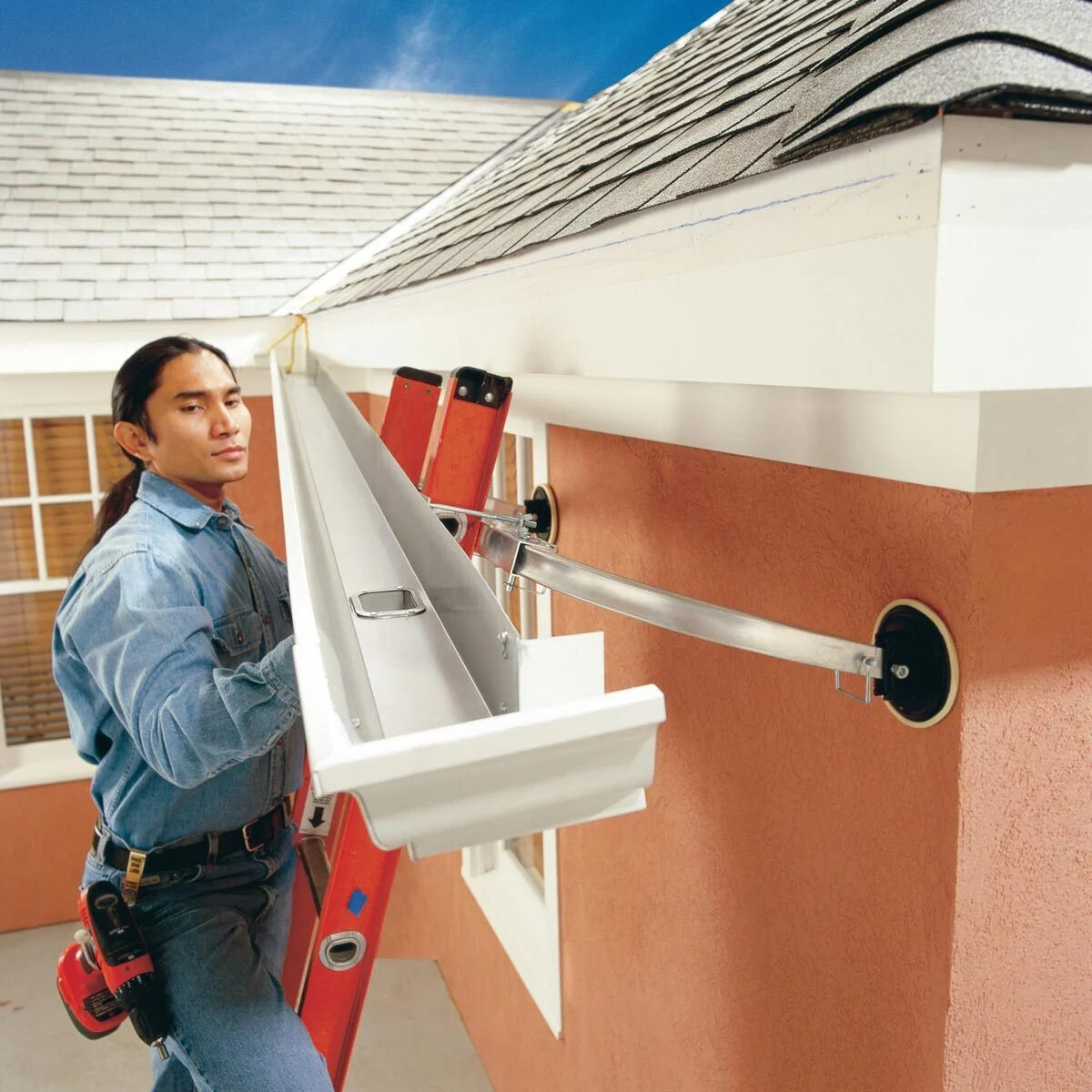

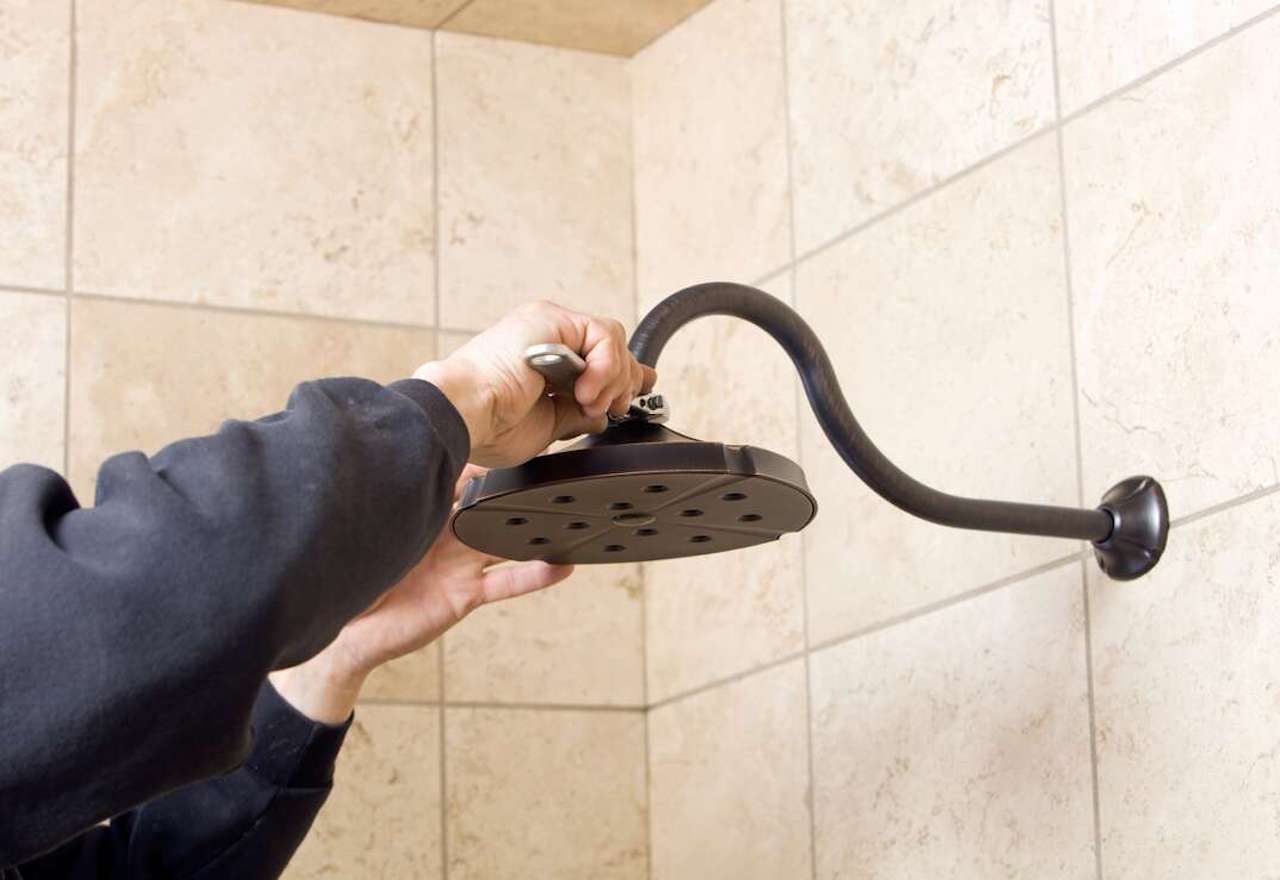
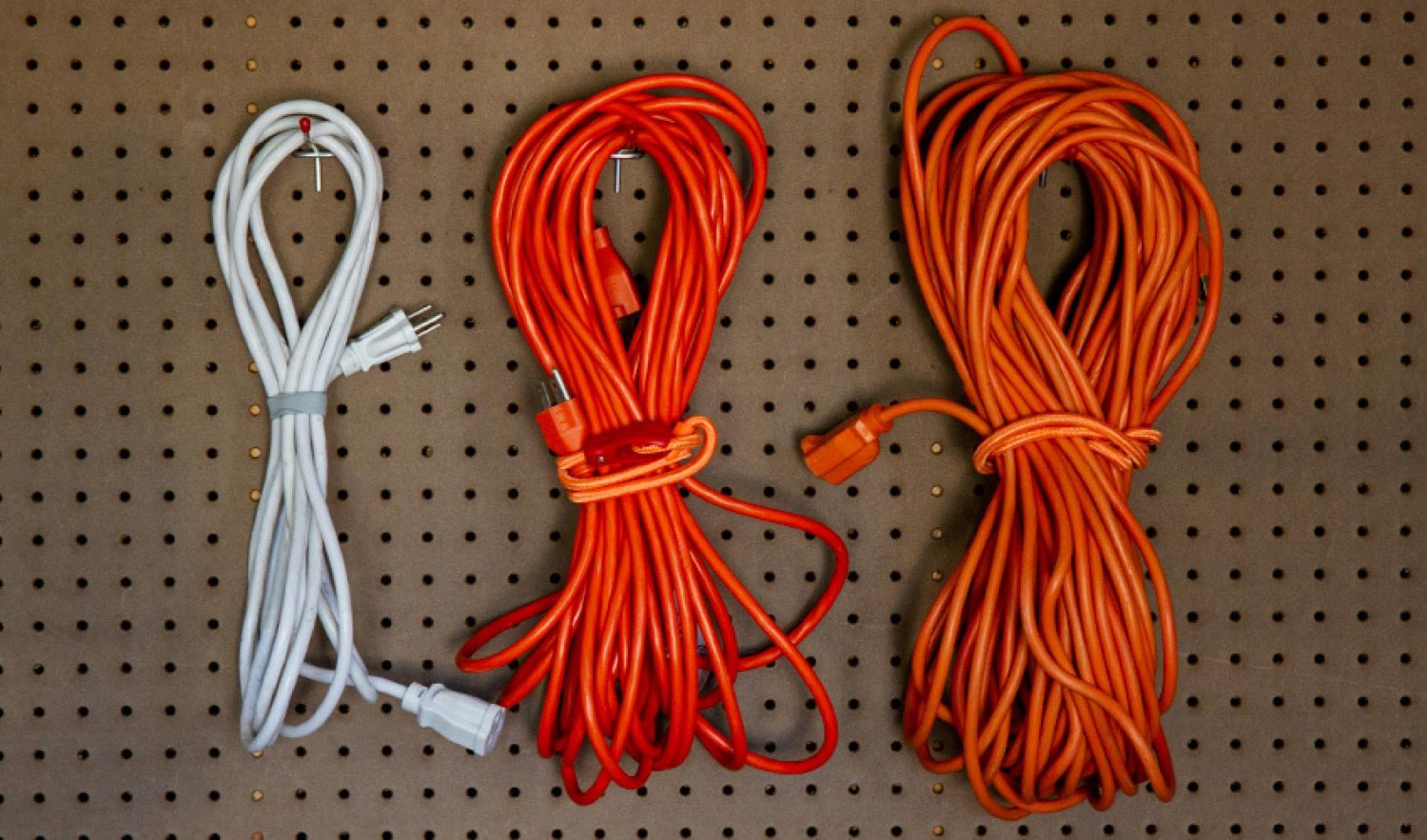
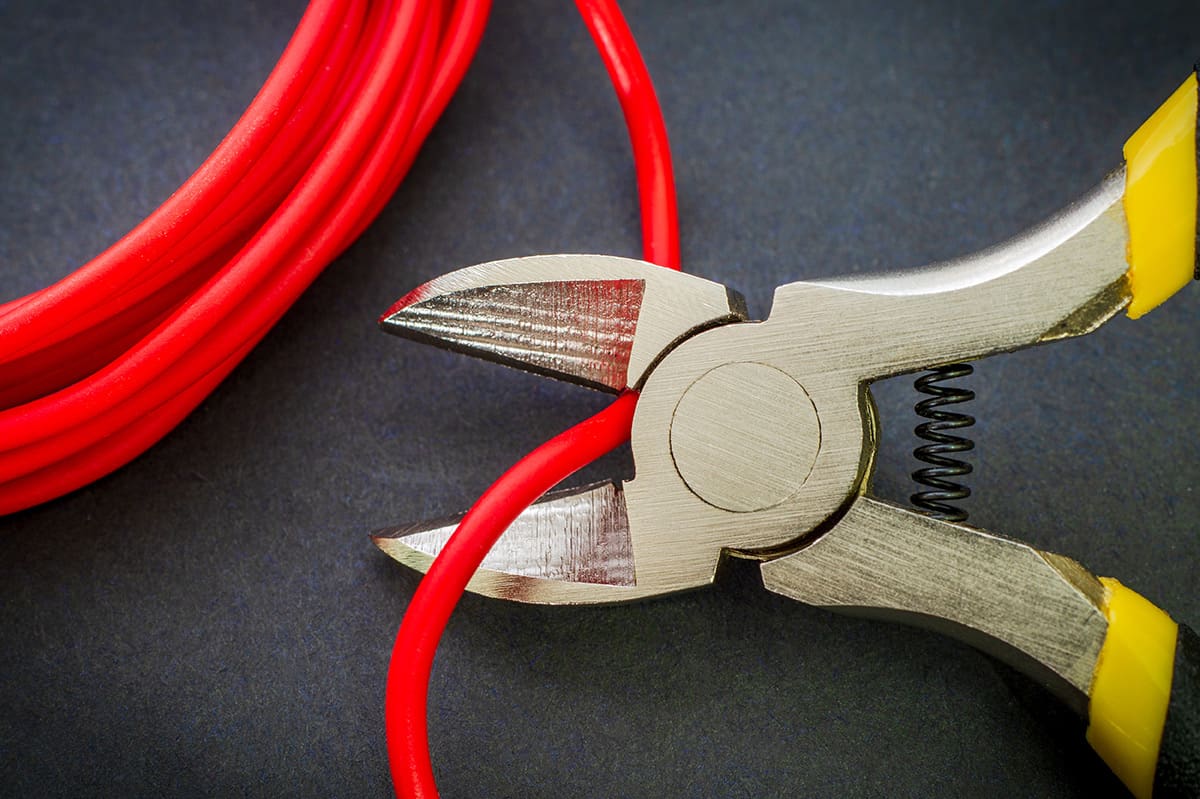
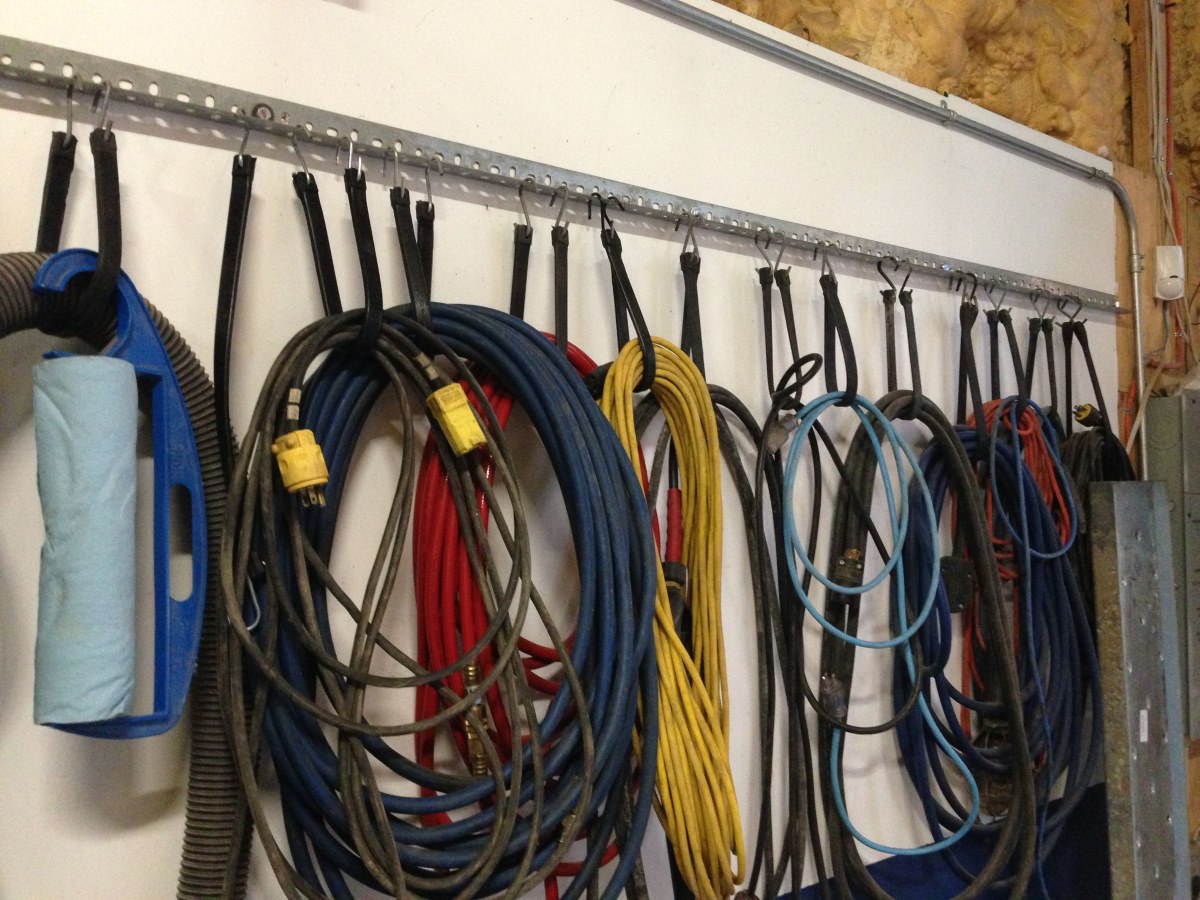

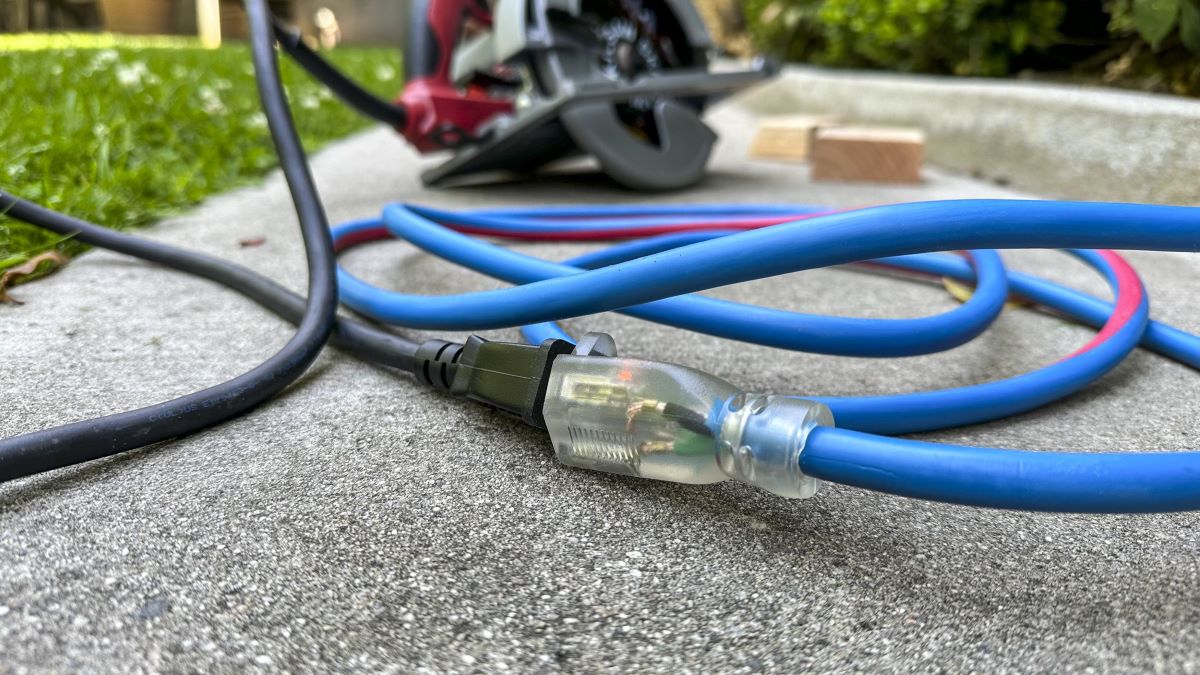


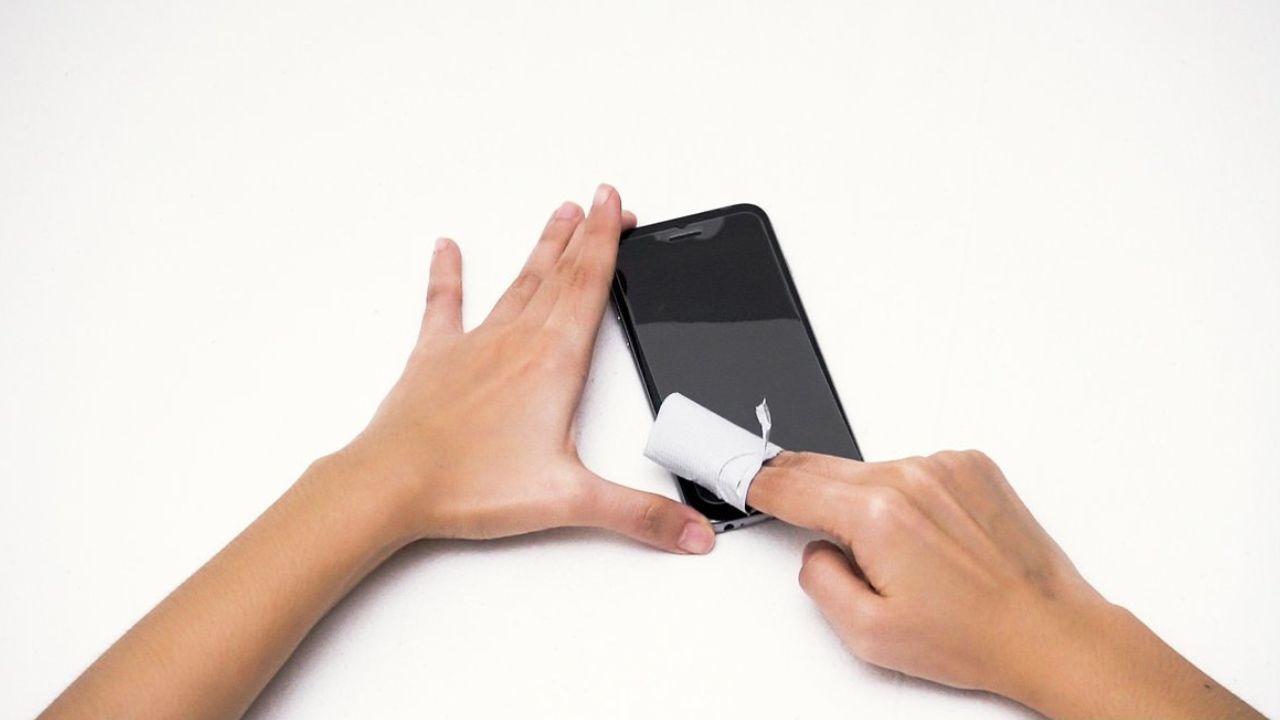

0 thoughts on “How To Take Electrical Cord Off Dishwasher”